Gallery:
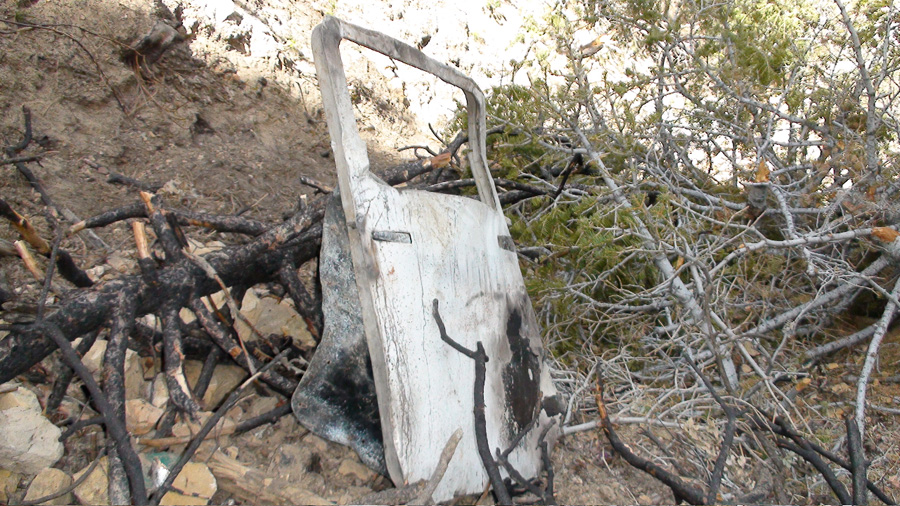
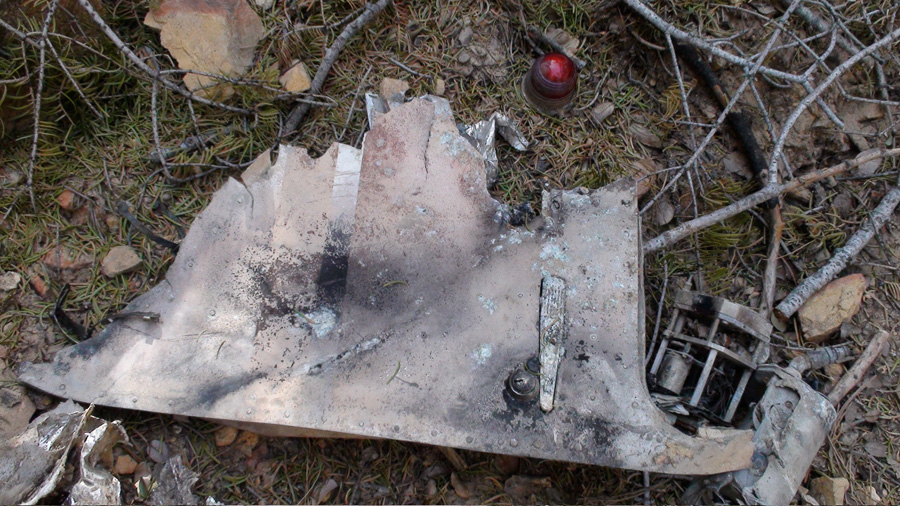
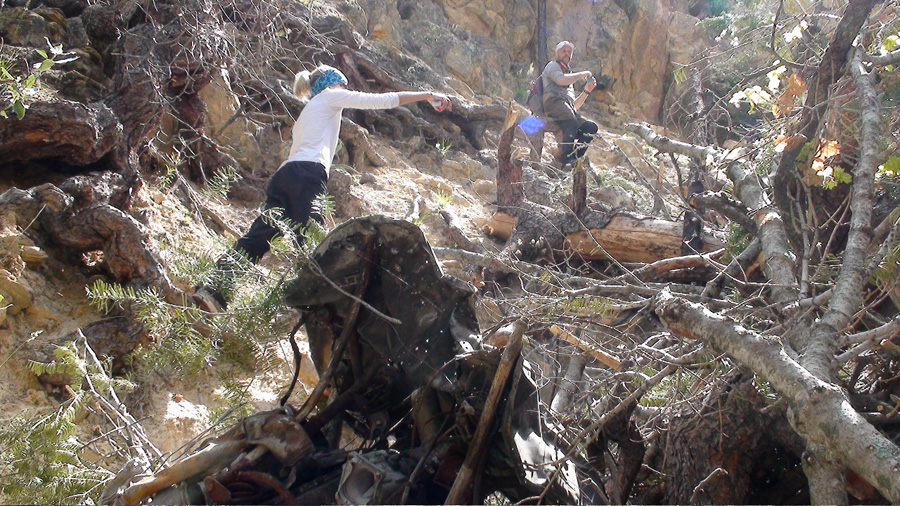


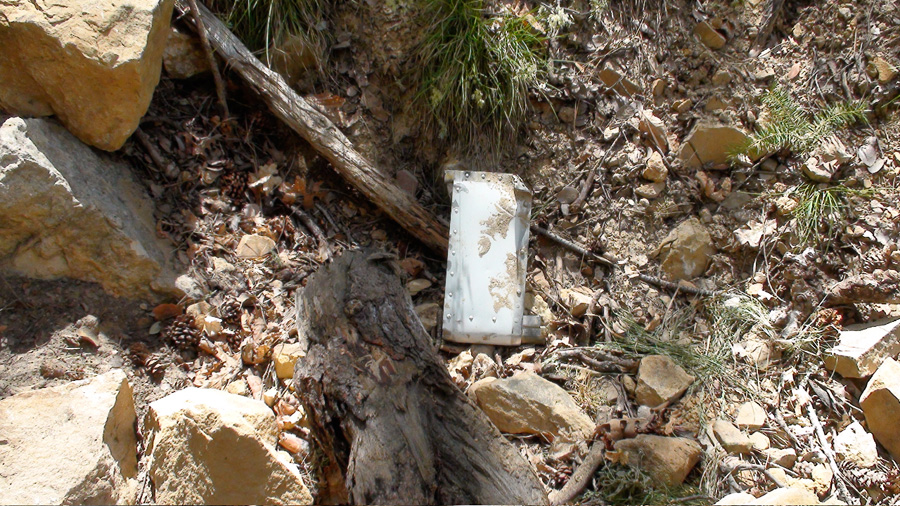
Summary:
April 24 - May 02 2009
“On Sunday, Sept. 24, 2006, at 10:43 am, a 1966 Cessna 182, tail# 2700Q, departed Deer Valley Airport near Phoenix (DVT) with full fuel tanks and disappeared. Although no flight plan was filed, it is believed the aircraft was headed for Sedona (SEZ) and was expected to return to Deer Valley that same afternoon or evening” (www.n2700q.com). The plane contained two occupants, William Westover and Marcy Randolph.
The adventure science athletes are joining forces with a well-organized American team to provide ground searchers in the Sedona area from April 24 - May 02 2009. A significant amount of research has been conducted on the existing data and several high-priority targets have been identified. The team feels strongly that there will be a successful conclusion to this search mission.
The athletes will again bring their unique skill set to this rugged and vast wilderness area that is rife with Native American ruins and abundant wildlife. The searchers will focus on the challenging steep-sided canyons that could easily conceal a small aircraft. This expedition will test the adventure science athlete’s endurance and resolve, as they will have to be entirely self supported each day as outside support is very difficult to reach once they drop into the canyons.
Updates:
It’s been over one month since the wreckage was found, and as the previous two news articles indicate, the aircraft was located the Sunday before our team was set to arrive on April 24. The team members of adventure science still chose to visit the region to hopefully learn more about the area and apply this to future search efforts.
I’ve been thinking hard about what to write, and this has been my most challenging entry to date. Part of the reason I suppose was that there was such a sense of excitement among the team members, and through intensive research and preparation, the team had a very strong lead (which was ultimately proven to be the wreckage site) and a lot of confidence going into this. When it was found prior to our arrival, there was definitely a mixture of emotions, including happiness, surprise, and some disappointment that the team (especially the team lead Chris Killian) wasn’t rewarded for the time and effort spent working on this case by being able to physically locate the wreckage site. Regardless, the goal of all team members was to assist in finding the wreckage. That goal was met and two families were able to finally have closure on a mystery that has overshadowed their lives for nearly 3 years.
I might as well start at the beginning of my involvement with this search to give some context and background. In January 2009 I was contacted by Lew Toulmin, whom I had come to know during the search for Steve Fossett. Lew was working with a team called MAST (missing aircraft search team) and they had been enlisted by the Randolph’s to assist in the search for this aircraft. The principle MAST team members were Chris Killian, Colleen Keller, and Robert Hyman, all of whom had spent time searching for Steve Fossett in 2008. After reviewing the data collected, and chatting with the team, I decided that the Adventure Science athletes could add another layer to this search and that we would be interested in participating.
I learned that the main search was to occur in June, however this conflicted with the Blaze race, so I suggested a late April search. Although Lew and Robert were unable to make April, Chris and Colleen committed, so the planning began. Over the next few months, I handled the details of recruiting my athletes, working with Keith Szlater on logistics and flight scenarios and data review, and liaised with Chris. We had lots of questions, but Chris, Colleen, Lew and others had done their research and pulled excellent data together, which made it easy to assess the multiple scenarios. Ultimately, the team votedon approximately 10 scenarios to rank them by search priority. The consensus was to search near Sedona. West Fork Oak Creek apparently had an anomaly that had been spotted from the air by numerous pilots, including Chris and Colleen, but never ground-truthed. After that, there were some of the canyons running west-east around Sedona, and Sycamore Canyon running south-north and located west of Sedona.
Two weeks before our arrival, we got an interesting piece of news. While verifying permits, road conditions and other details with the National Forestry Service, Chris Killian re-asked a question that had been asked before by others, including Phil Randolph: “Where there any fires reported in the area the day the plane went missing?”. This time, the answer came back as “Yes, but we sent a truck to investigate but neither smoke nor fire was visible, so a ground team was not dispatched.” Ultimately this was the huge break in the case, as Chris was able to get the contact information of the two hikers who had called the fire in. After contacting them and interviewing one of the hikers (who actually sent him photos they had taken of the smoke and fire!!), the team had a conference call where we determined that this was our new number-one target and that if possible, Chris should contact the hikers again to get as detailed a geographic picture as possible, to make the search easier for the ground team. He did this and together with some reconaisance by Phil Randolph, we were able to verify the location and prepare a search strategy for it, as it was several miles in from the trail-head and off trail in a wooded area.
That was Saturday afternoon. The team had basically made all final preparations and were ready to arrive in Phoenix that Friday, April 24th. I checked my email late on Sunday night and was amazed at what I read. It was a note from Chris, who succinctly noted that “… Hikers in XYZ have located poss. aircraft wreckage. The local authorities have been notified. At this point we’re no longer needed in Sedona. I hope to have more details once the wreckage has been confirmed. I will keep you posted as events unfold.”
It really took a while to sink in. As I noted earlier I was happy and knew that this would bring closure to the families, but I was also disapointed that it wasn’t us, and I was disappointed that Chris wasn’t able to be there on the ground when it was found. Sure, I felt fickle in being torn by this, but I guess that’s human nature. In my view, Chris found the wreckage, and then simply told somone where to find it. I can’t blame the hikers for heading back out to take a look, I’d be excited too, and curious. So I feel that this was ultimately a success for MAST and Adventure Science despite not physically finding it.
I sent an email to the athletes notifying them of the find, and asked them if they still wanted to go down. They were all still committed to the trip, and wanted to hike into the wreckage site to learn from the debris field, and gain an understanding about why these wrecks can be so difficult to see from the air. It wasn’t until the end of the week that we did hike in and visit the wreck, but it was a bit of a sureal experience. The pieces were as Keith had always told us they would be, about the size of a shopping cart. We found the engine with propeller still intact. The doors were present, one being badly burned. Parts of the fuselage, and wing debris littered the site as well. There were also items that I wouldn’t have expected to have survived a crash and intense fire that burned metal, like a Perrier water bottle and a tiny light still attached to the wing panel, amazing. Ultimately this visit confirmed several of our theories on what we would be looking for when searching for wrecks, but it also gave us new insight into the size of a debris field, effect of the crash on vegetation around the crash site, preservation of the debris, and the violent nature of these wrecks. We all gained knowledge that will help us in future searches. One of the biggest pearls that I have gleaned from the Fossett search and this one is that in both cases, there were radar tracks that led in the right direction, and both pilots flew the route that they had intended (more or less), so from this I take away the following: follow the most simple trajectory based on where the aircraft was headed. Look for areas where low-flying aircraft could have got themselves into trouble (canyons, peaks, etc.). Search those areas first. Simple in theory…time to put it to practice on the next case.
Congratulations definitely go to Chris Kilian, who’s excellent research ultimately led to the key information that resulted in the wreckage being located. I also wanted to acknowledge the substantial amount of work done by Phil Randolph, who never stopped looking for his daughter and it was through his tireless efforts that this mystery was ultimately solved. I also wish to thank the Randolphs (Phil and Linda) for their hospitality, and generosity as hosts. Despite the recent confirmation of Marcy’s passing, they graciously welcomed us into their home, which reaffirmed for me why we spend our free time search for missing aircrafts. It’s not as much for the passengers as the years pass…it’s for the families and loved ones who spend their days and nights wondering, and in some cases waiting for a phone call that will likely never come.
Apr 28, 2009 - 8:52 pm
Sedona Plane Crash Site Found
April 25th, 2009 by Lara Hochuli
The search for the single-engine aircraft that went down near Sedona in 2006— piloted by William Westover, 54, a Phoenix attorney, with 43-year-old Marcy Randolph, a mortgage company employee who was aboard on a sightseeing photo trip ended today when the crash site was discovered by a volunteer group.
But Phil Randolph, the woman’s father and president emeritus of Glendale Community College, refused to quit until he found it.
“I was not going to give up on this; no way,” Randolph said Friday “I was going to find that plane and my daughter and bring her home, and we did.”
The plane had taken off from the Deer Valley Airport in Phoenix.
Randolph’s hunt took nearly 1,000 days before searchers located the burned crash site in the Red Rock Secret Mountain Wilderness Area between Oak Creek and Sycamore canyons northwest of Sedona.
He searched by ground and air to get closure, aided by friends, family, volunteers and fellow pilots who gave countless hours of help.
His efforts led him last September to the Missing Aircraft Search Team, or MAST, which in turn came across information that led to the crucial break in the case.
The group of about a dozen volunteers scattered across the country helps in long-unsolved searches for missing aircraft.
Randolph had learned that its members were involved in seeking the wreckage of an airplane flown by business tycoon Fossett.
Fossett made a fortune in the Chicago commodities market and won fame for setting records in gliders, jets, boats and high-tech balloons.
He disappeared in September 2007 while flying a single-engine, two-seat stunt plane from hotel magnate Barron Hilton’s ranch southeast of Reno, Nev. The wreckage was found 13 months later.
Randolph credited MAST team leader Chris Killian for the break that led to discovery of Westover’s plane.
He said Killian fortuitously discovered that two hikers had filed a report with the U.S. Forest Service of seeing smoke and a small fire deep in Loy Canyon on Sept. 24, 2006 — the day that Westover’s single-engine Cessna 182 disappeared on a sightseeing flight.
Killian interviewed the hikers and Randolph and others were able to pinpoint the site using detailed mapping and aerial photographs.
With that information, Randolph said he was able to hike into the crash site Saturday.
“I really didn’t know what it (closure) was or how it felt until I got it,” he said in an interview. “But for me to get into the crash site on Saturday and connect all the dots, what we saw down there in the canyon, I don’t know how to describe it, this is where (my) daughter perished …”
While he said he absolutely had “a sense of relief,” at the same time Randolph’s frustration has not ebbed.
“The bigger story than the recovery of my daughter was how this information (the fire report) that was so critical could not get rolled into the (search and rescue) system,” he said.
An immediate rescue effort in all likelihood would not have helped his daughter or Westover, “but what if they hadn’t perished immediately?” he added. “My goals are to make it better.”
Meanwhile, the original hikers who had filed the fire report trekked into the canyon and located wreckage on Sunday which they reported to authorities. The crash debris had slid beneath some trees and rocks and could not be seen from the air.
On Friday, Coconino County authorities said a national aircraft database matched the serial number from a metal door-plate found at the crash site with the tail number of Westover’s plane — N2700Q.
The Coconino County Medical Examiner’s office has yet to positively identify the remains found.
Apr 21, 2009 - 5:45 am
Wreckage of found plane not recent
By HILLARY DAVIS
Sun Staff Reporter
Tuesday, April 21, 2009
Authorities have confirmed that the wreckage of a small plane rests in a remote wilderness area northwest of Sedona, and that the crash was not recent.
Gerry Blair, a Coconino County Sheriff’s Office spokesman, confirmed that searchers found the wreckage of the small, probably private plane in the Red Rock Secret Mountain Wilderness Area on Monday afternoon. He said that judging from the description received from the reporting party, the wreckage could be up to a year or two old. Blair said the sheriff’s office received a third-hand report at about 9 p.m. on Sunday that hikers in the area had come across the wreckage. Initial reports placed the crash site in Loy Canyon, but searchers found it in the Red Rock Secret Mountain Wilderness Area, which is between Sycamore and Oak Creek canyons.
The crash site is located in a remote area that is not accessible by vehicles. Searchers reached the area on foot.
Blair said Monday evening that details were limited. He could not offer any information on the craft’s owners, its description or tail number, what trails are nearby or whether human remains were found at the site.
“We’re having a hard time describing the airplane because it was severely damaged,” he said, adding that more information would be released as it became available.
Agencies involved in the search effort include CCSO and the Coconino County Sheriff’s Search and Rescue Unit, the Yavapai County Sheriff’s Office and Search and Rescue Unit, the Arizona Department of Public Safety Air Rescue Division, the Arizona Division of Emergency Management, and the Civil Air Patrol.
The wreckage was to remain in place overnight with security posted nearby. Blair said it was likely that the Federal Aviation Administration and the National Transportation Safety Board would join the investigation.
Apr 20, 2009 - 9:17 am
Unidentified aircraft wreckage found near Sedona
Local authorities are currently investigating and there will be more details to follow.
Adventure Science thanks its sponsors:
Interested in sponsoring Adventure Science? Contact us to find out how!
